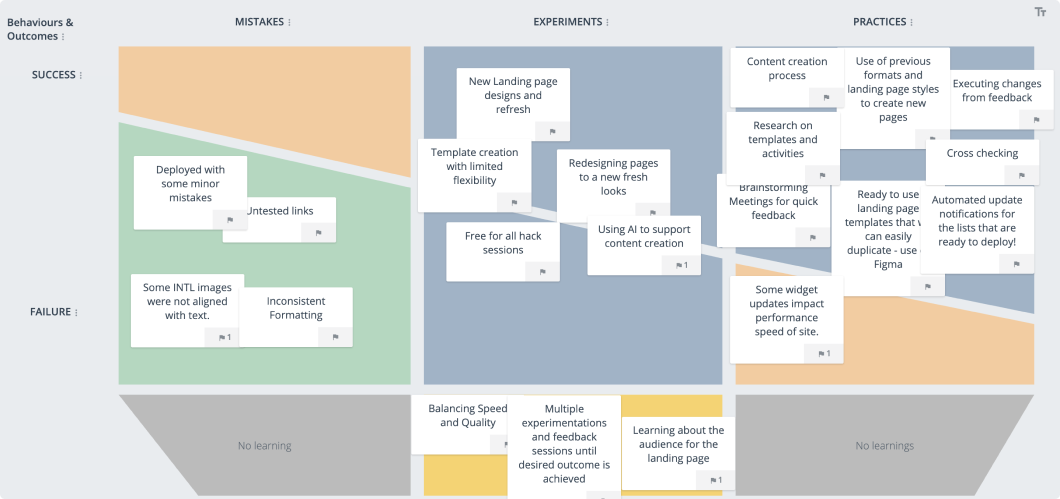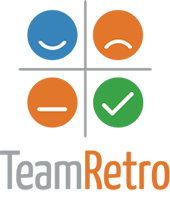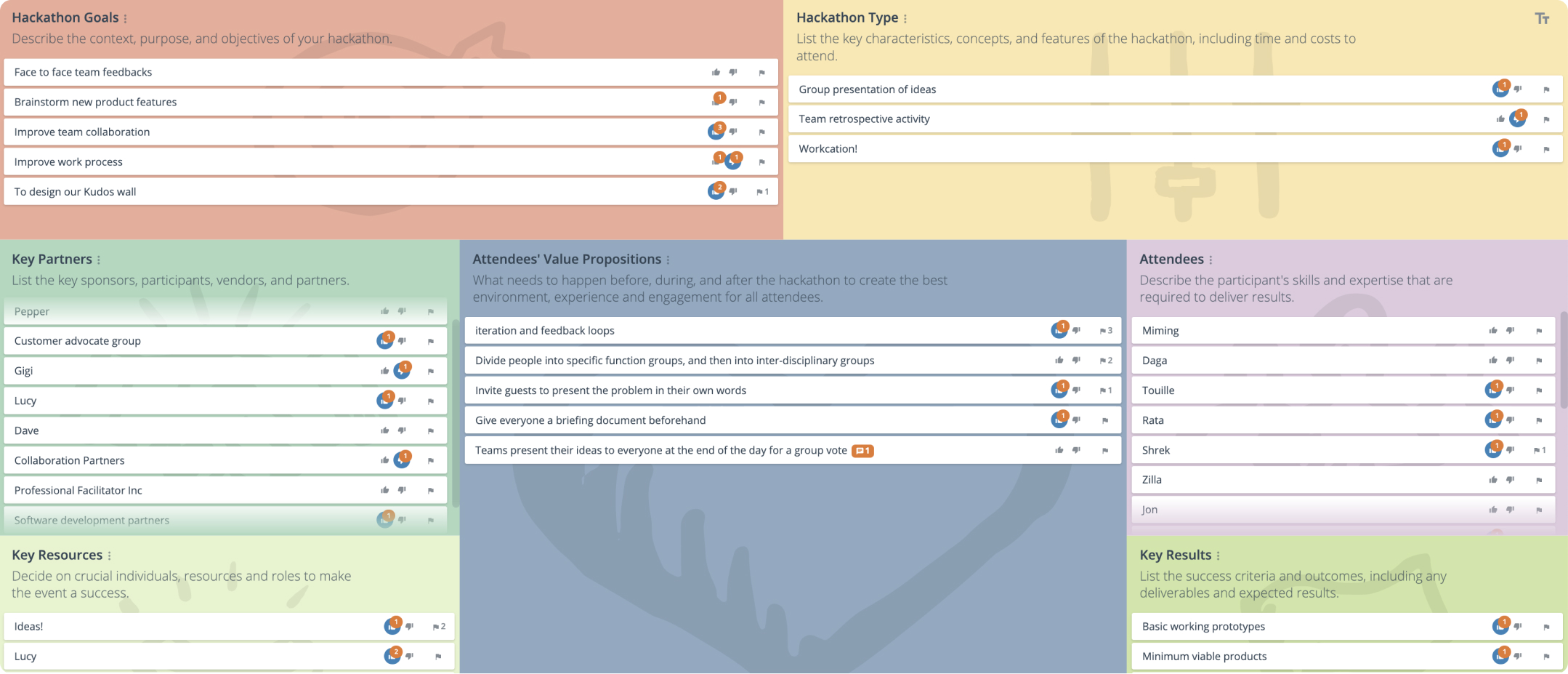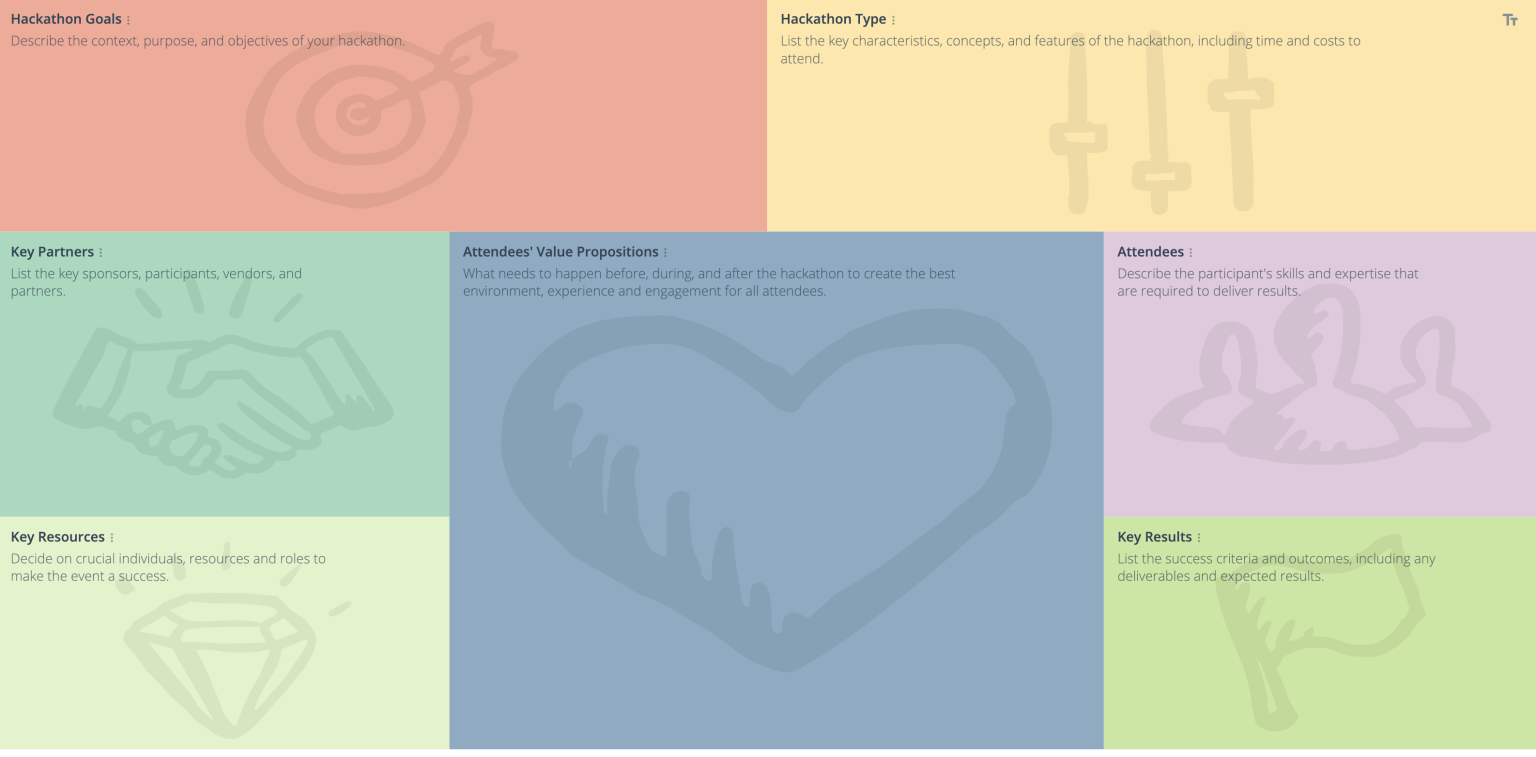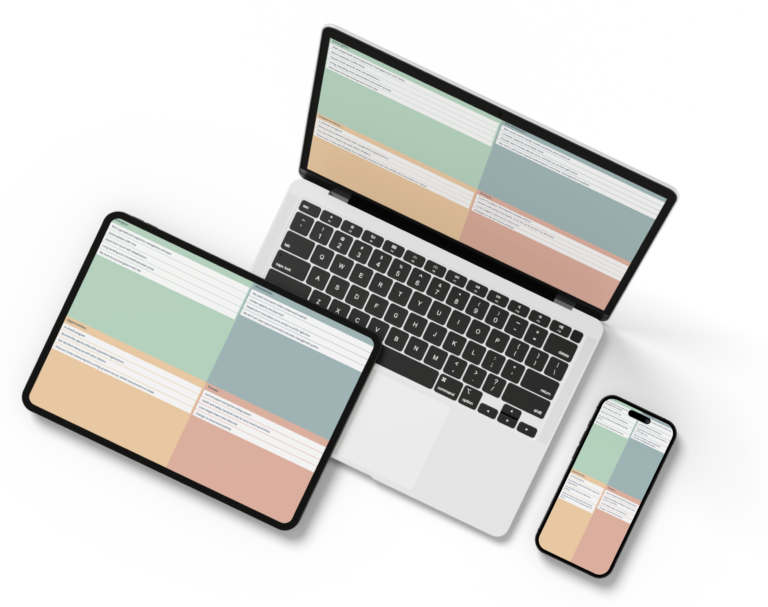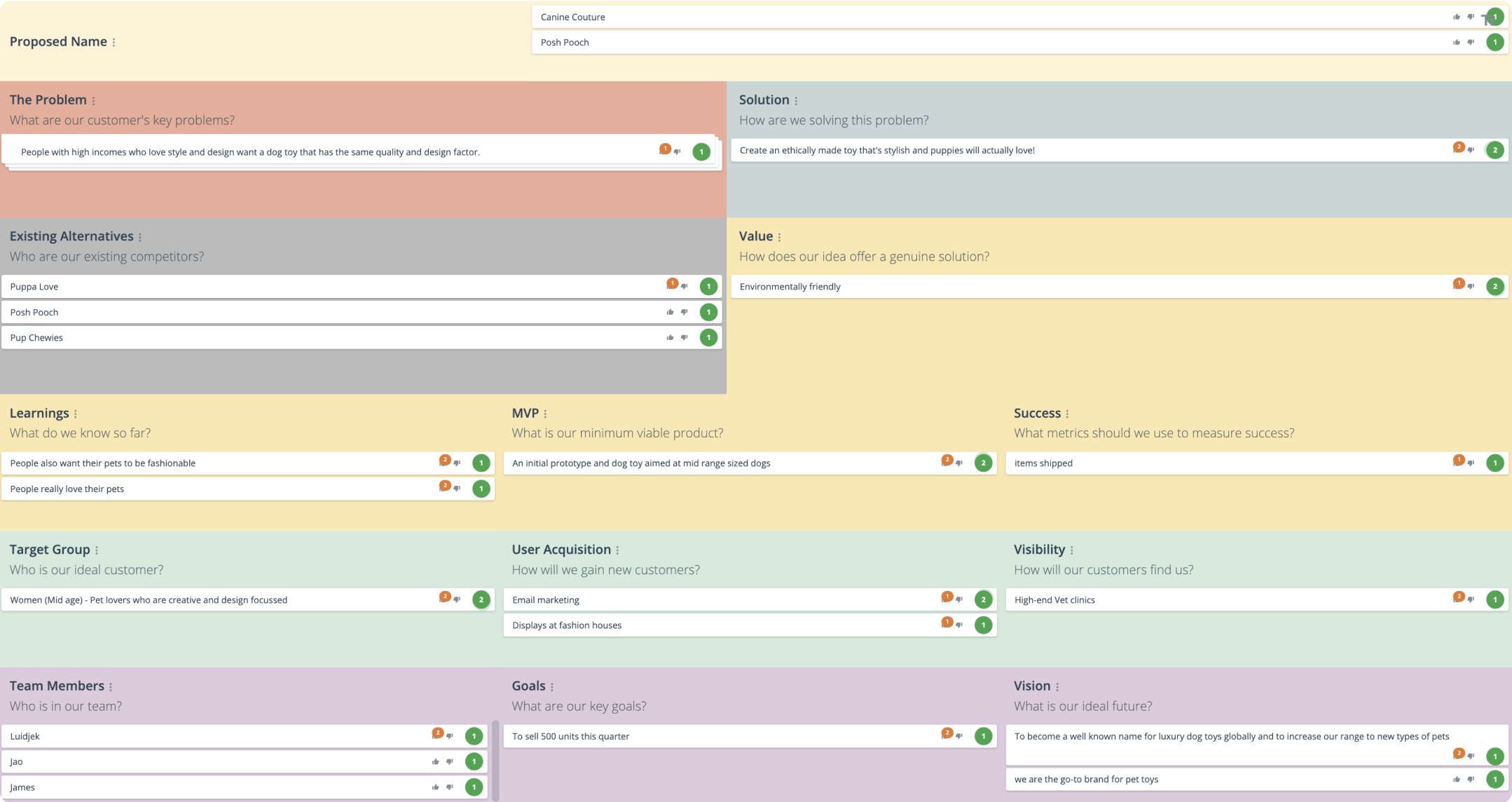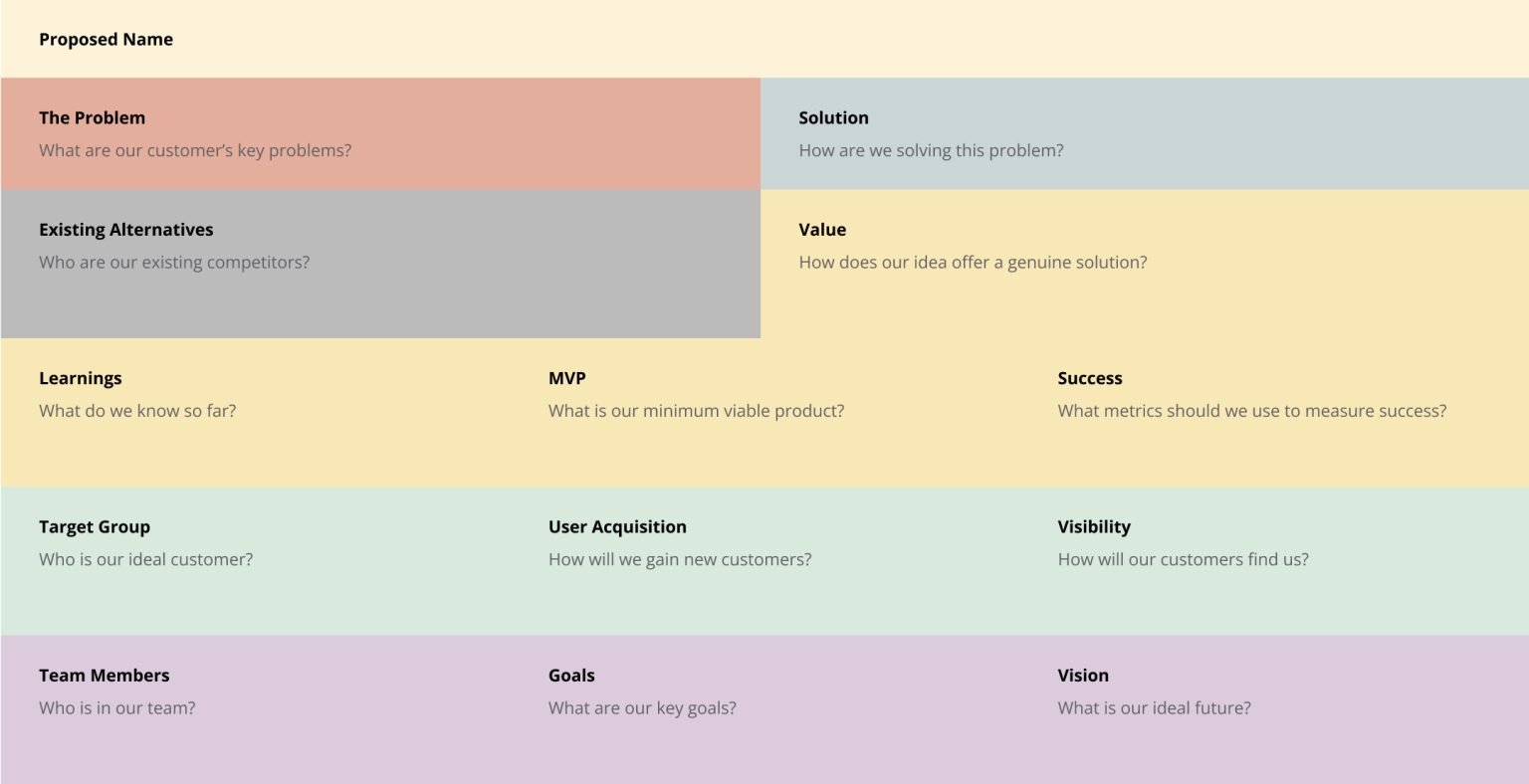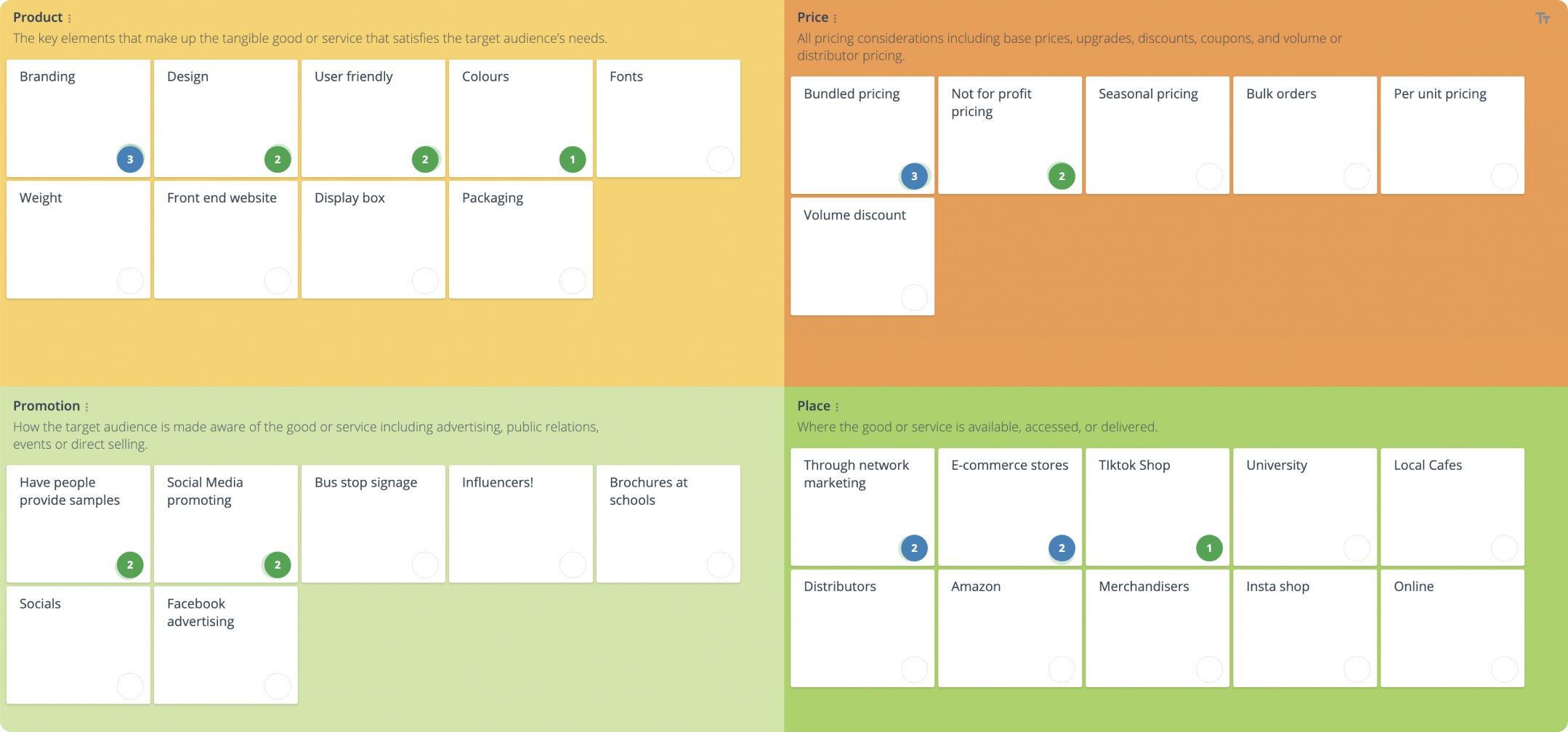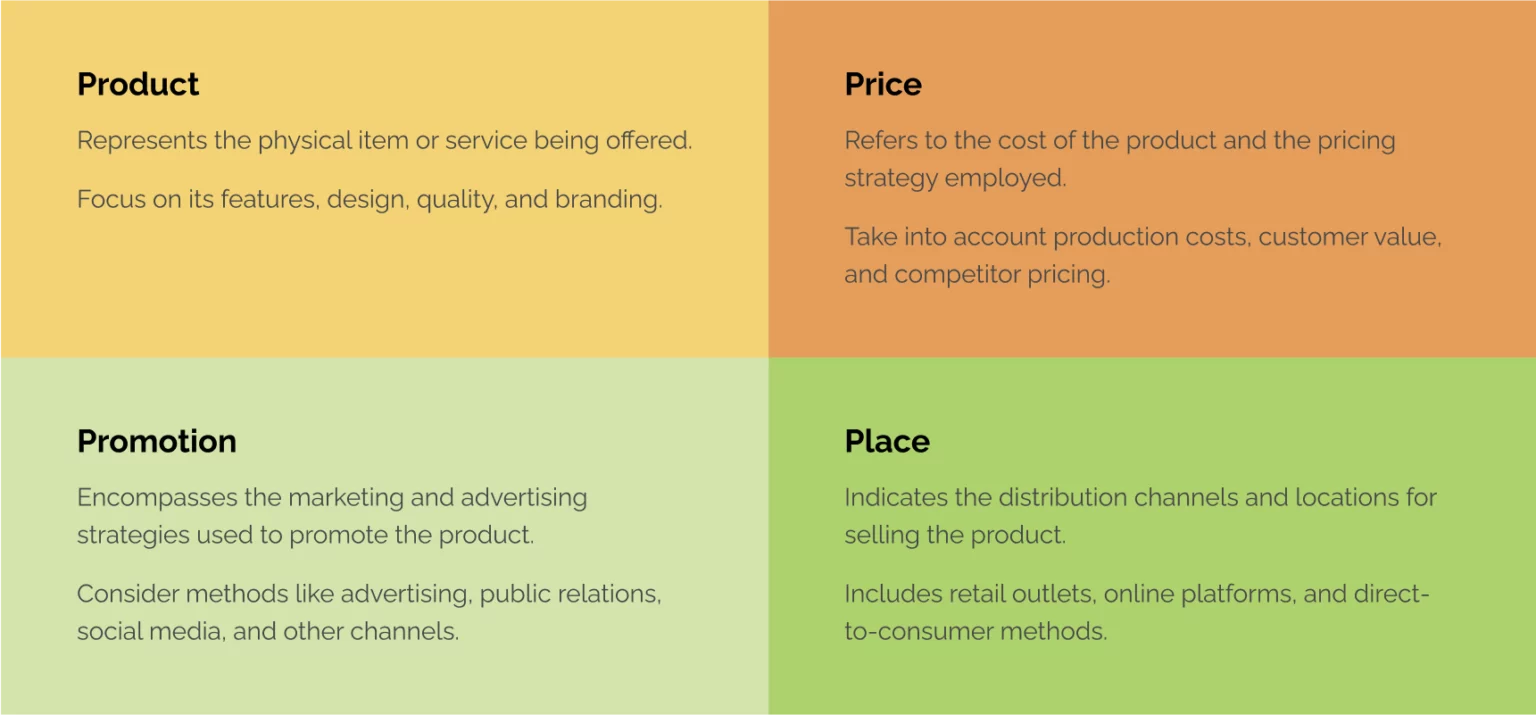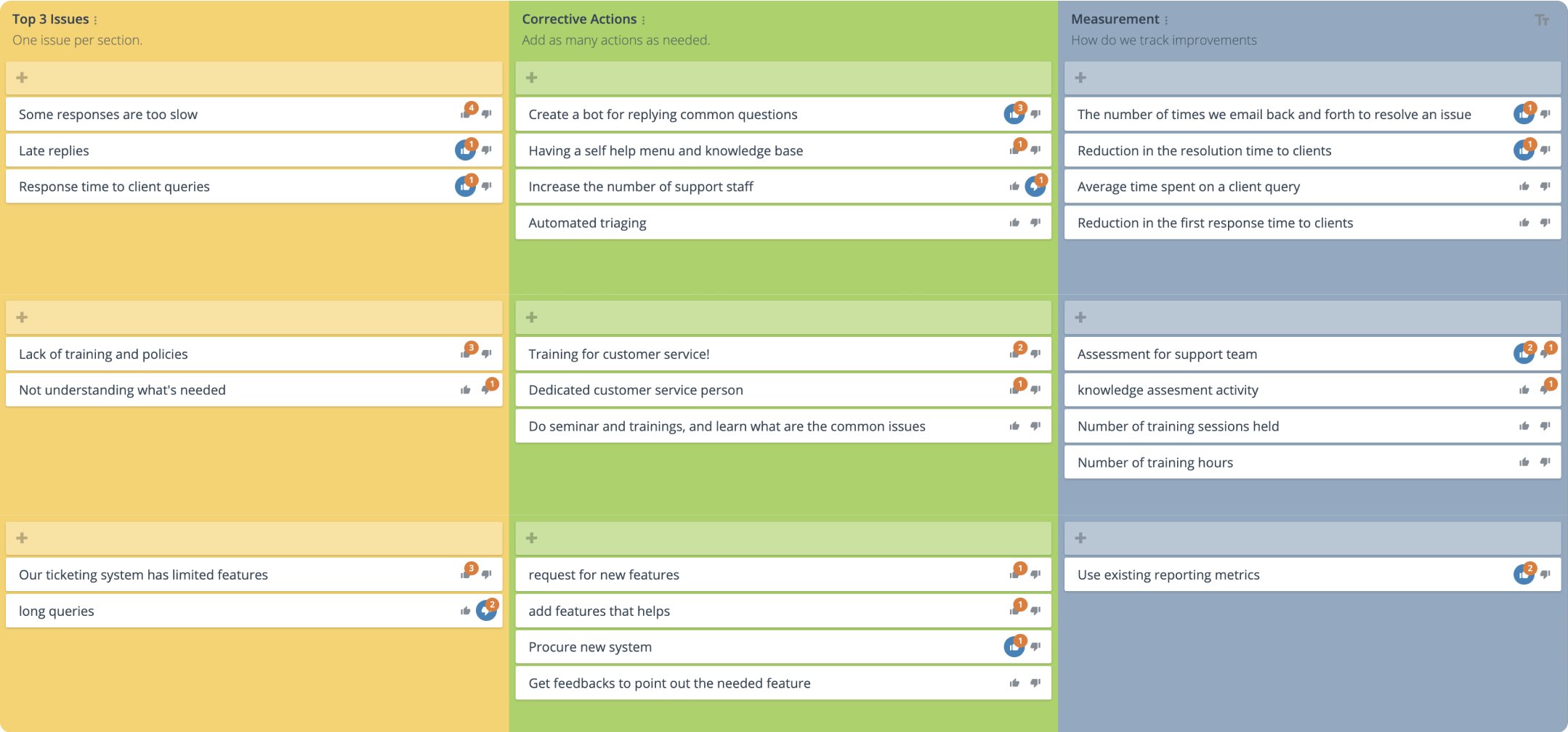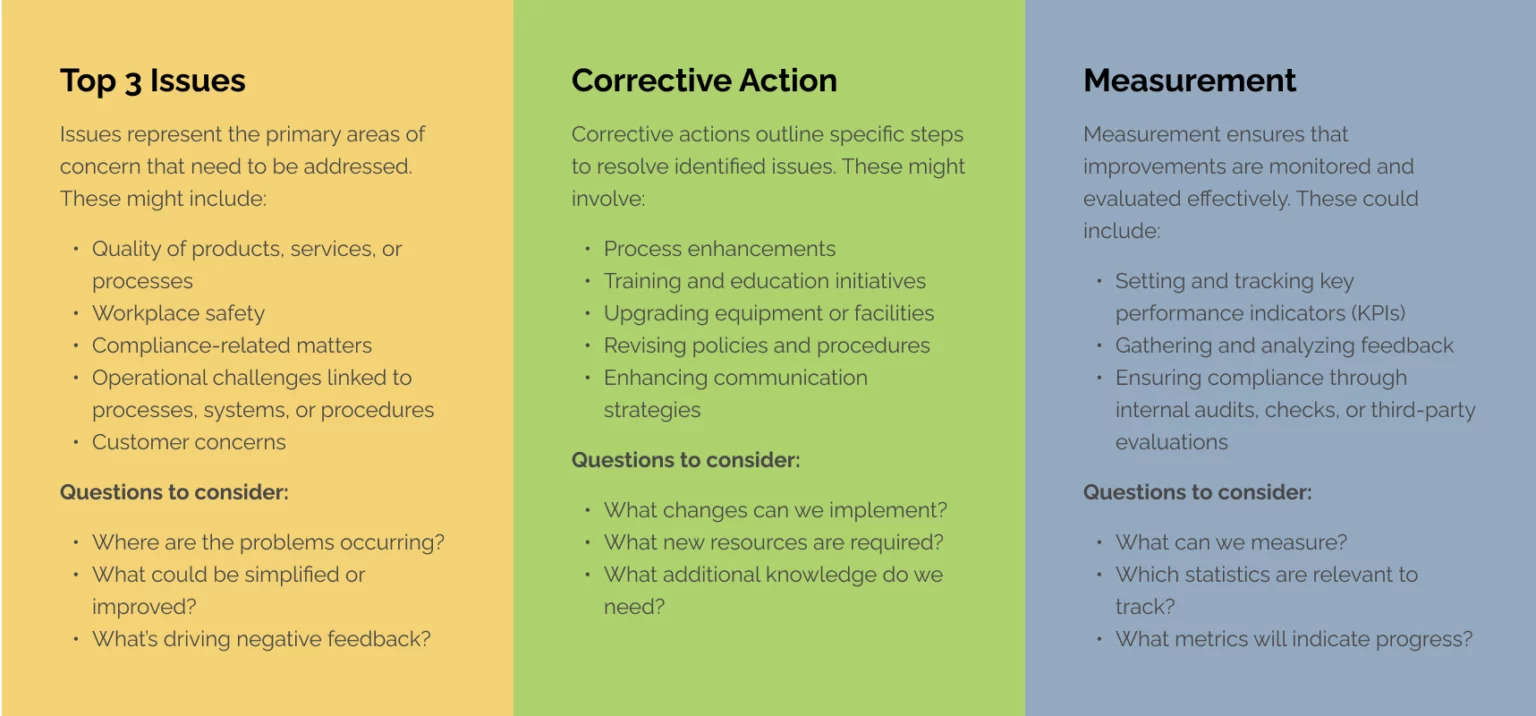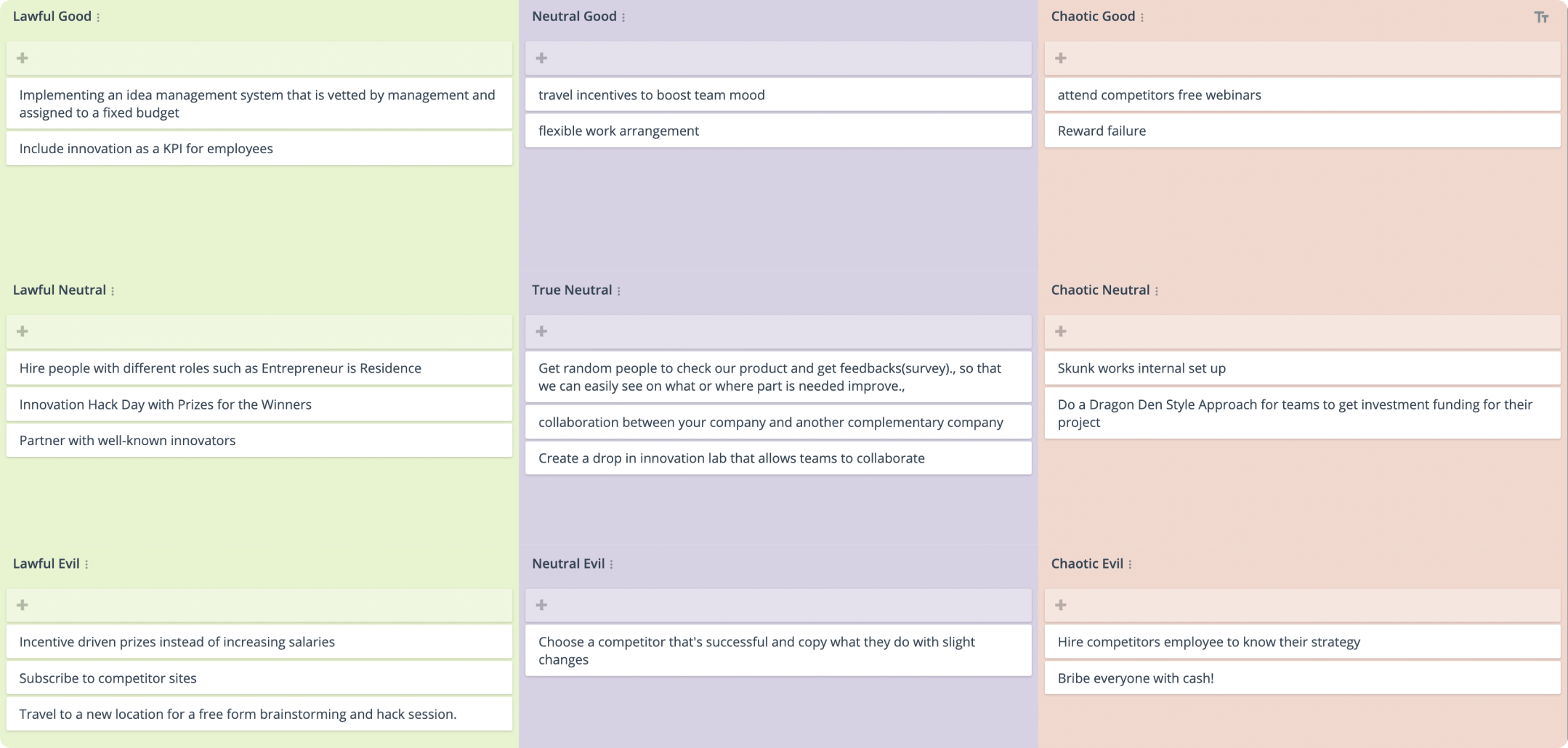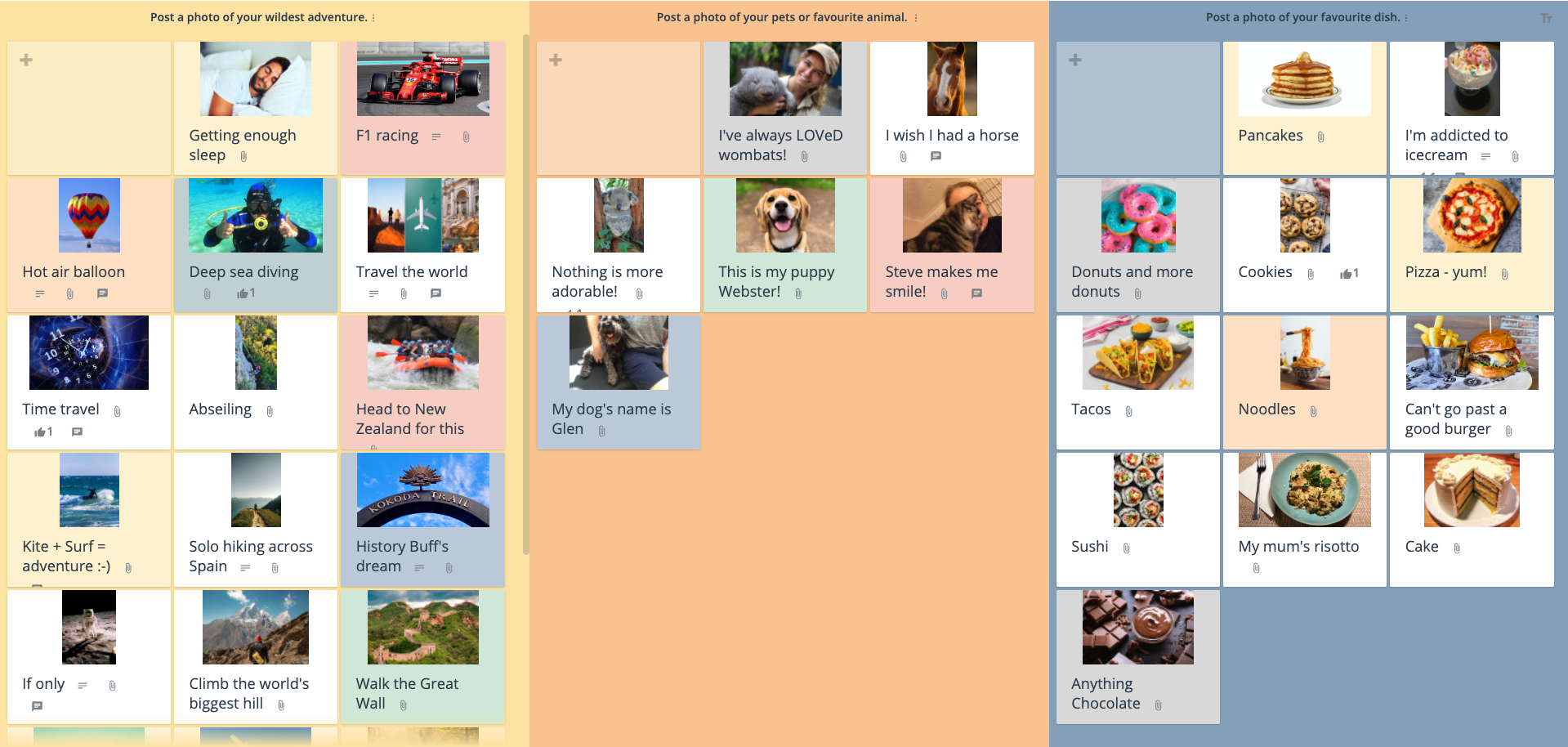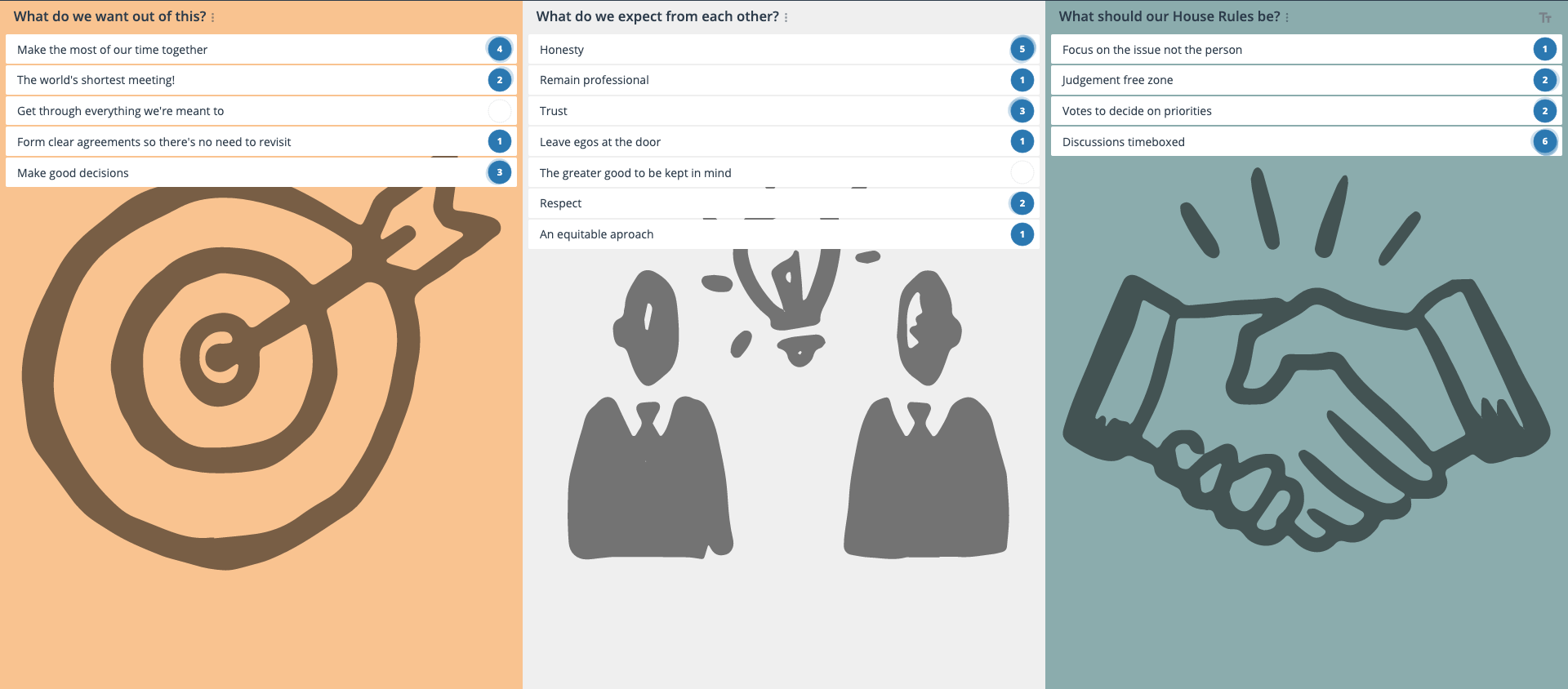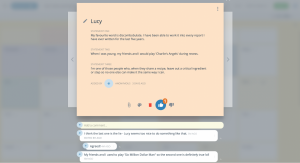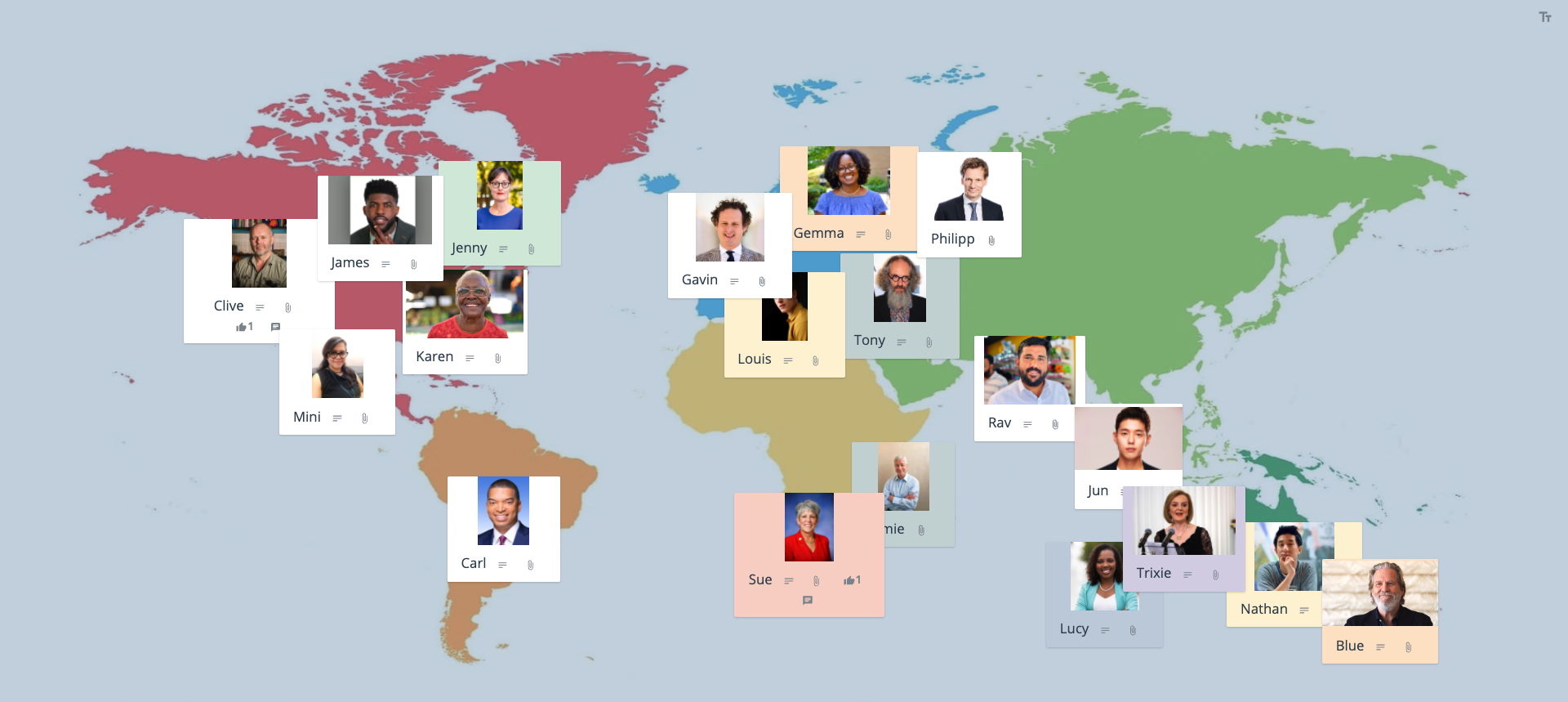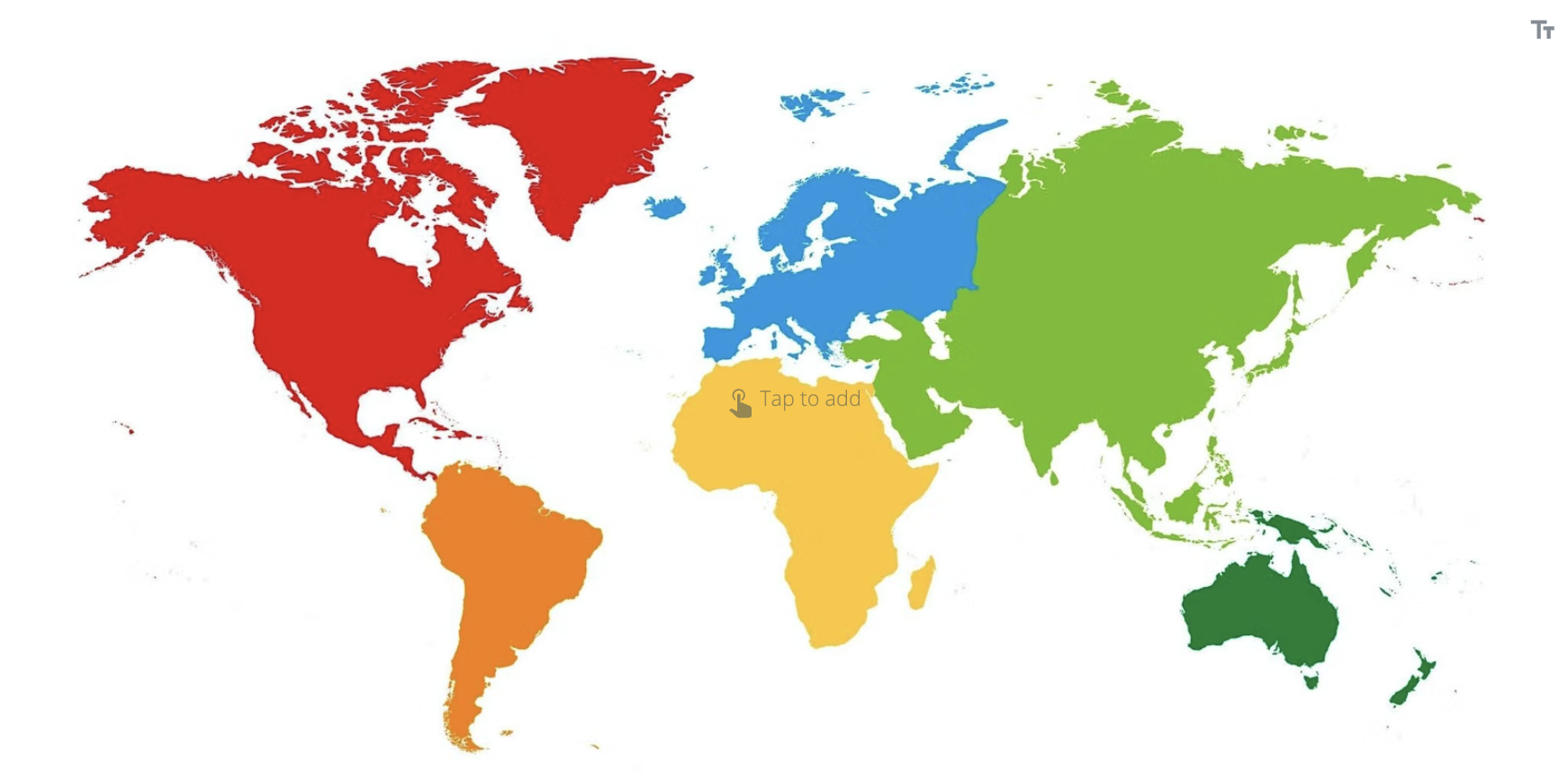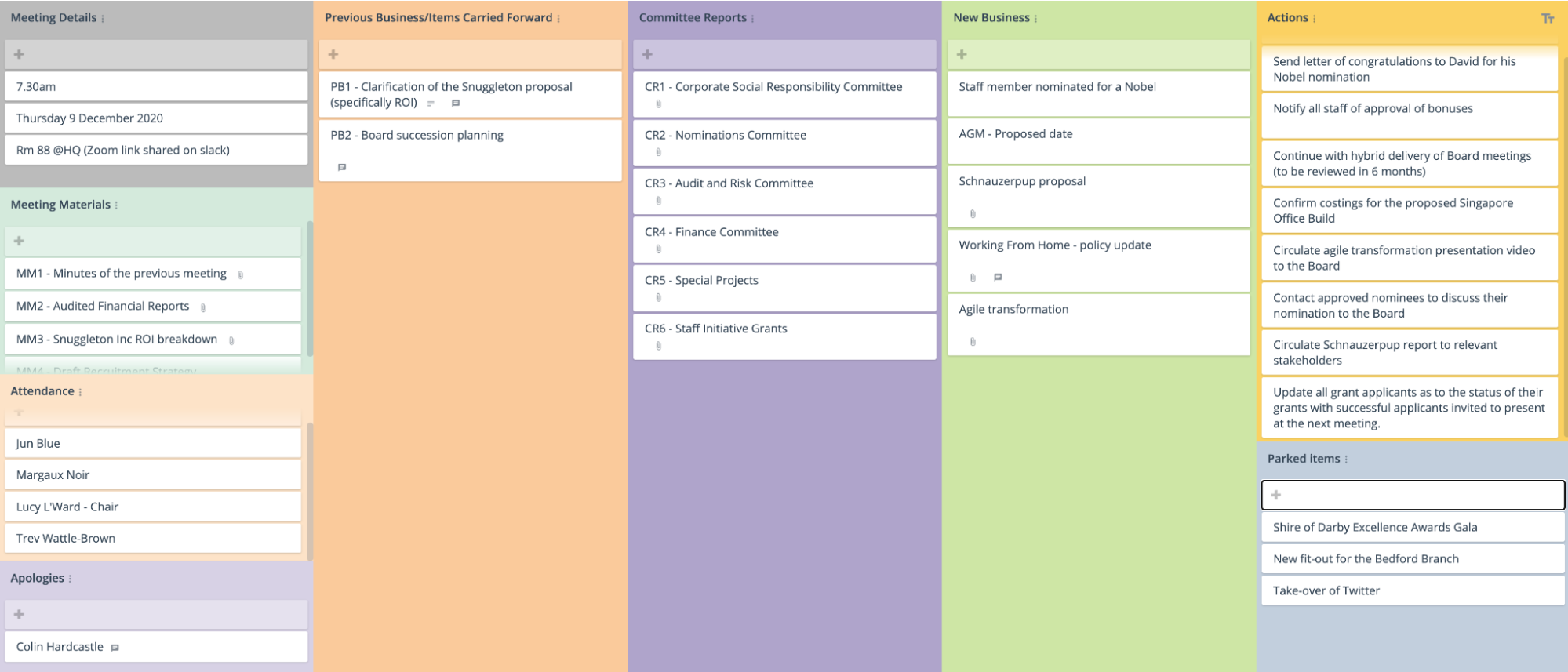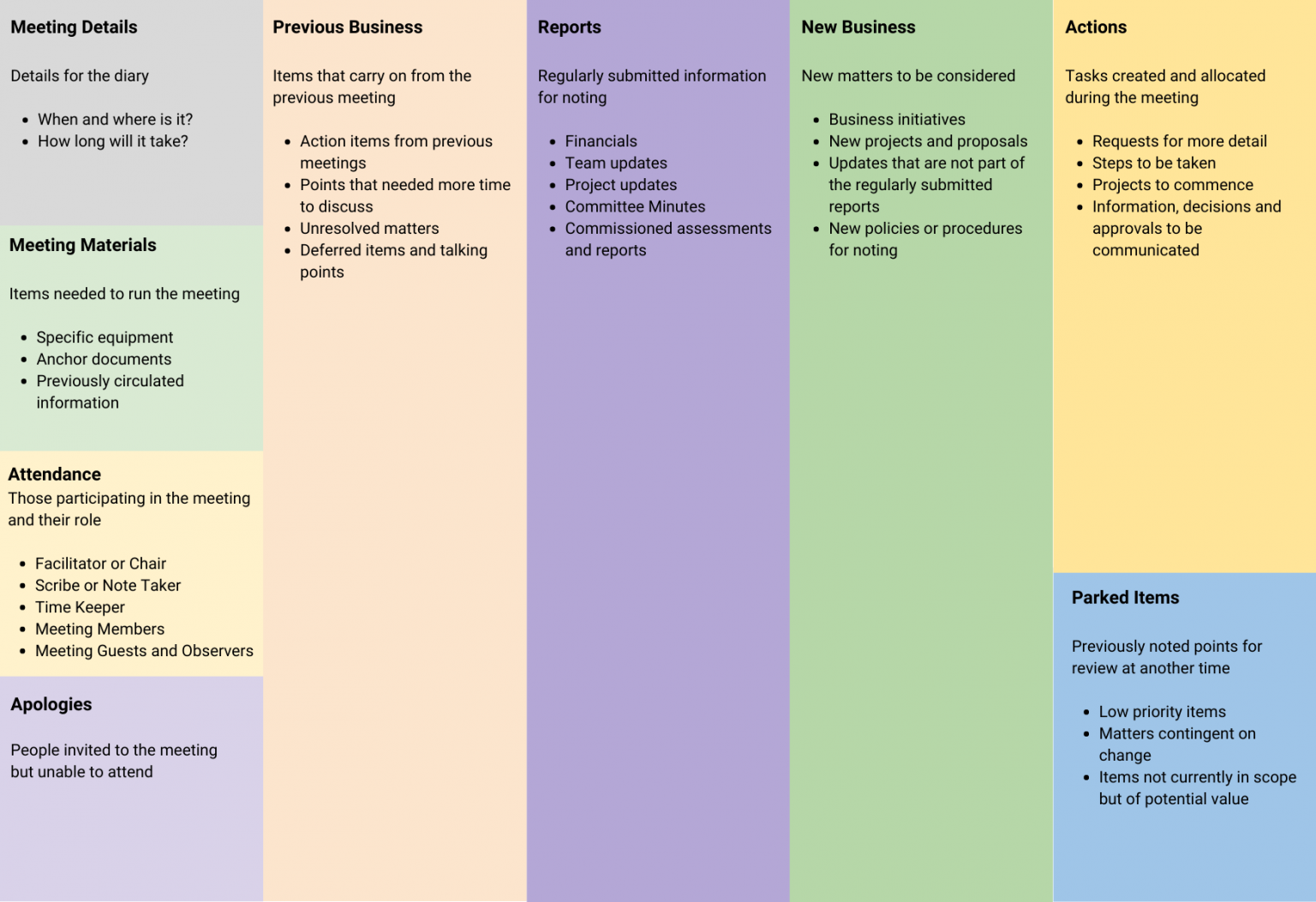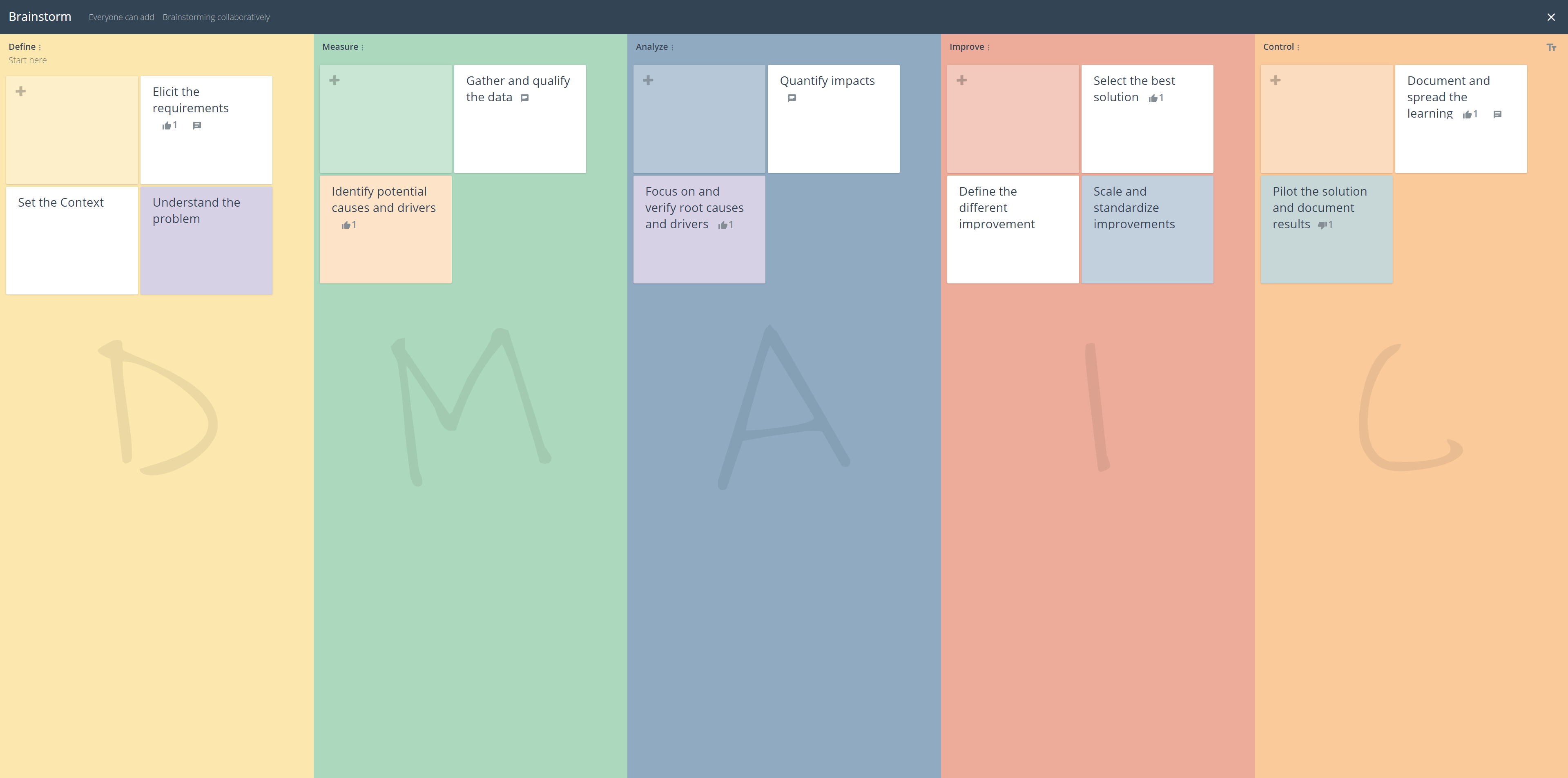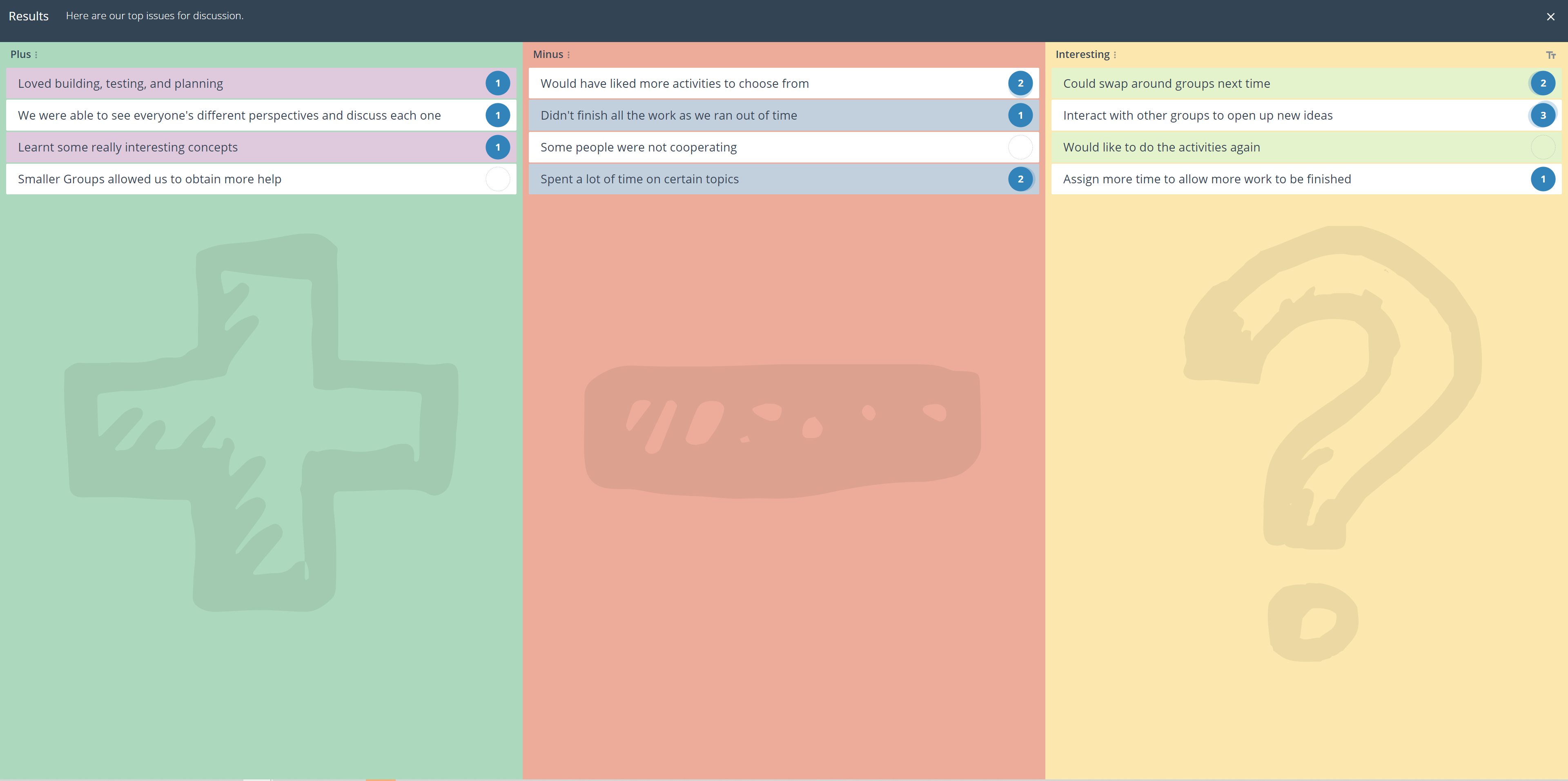What is Celebration Grid?
The Celebration Grid Template is a powerful tool to help teams reflect on their activities, recognize both successes and failures, and extract valuable learnings.
Created by Jurgen Appelo, Management 3.0, it encourages a growth mindset and continuous improvement by treating all experiences as opportunities for learning. The Celebration Grid divides actions into three main regions: Experiments, Practices, and Mistakes.
Why Use Celebration Grid?
The Celebration Grid allows for:
Enhanced Team Learning:
- Systematically review and improve practices by categorizing actions into successes, failures, and learnings.
- Encourage experimentation and innovation without fear of failure.
Improved Team Morale and Collaboration:
- Boost team morale by regularly acknowledging successes.
- Create a supportive culture by viewing failures as learning opportunities.
Structured Reflection:
- Organize actions clearly for easier analysis and insights.
- Ensure consistent reflection and alignment with team goals.
Who Should Use Celebration Grid?
The Celebration Grid Template is ideal for:
- Project Managers and Teams
- Agile and Scrum Teams
- Team Leaders and Facilitators
- Organizations aiming to foster a culture of continuous improvement and innovation
Tips for Running an Agile Celebration Grid
- Spend time explaining the grid before diving in as there are lots of components to the grid.
- Try starting with practices first. People are already familiar with the work they do day to day.
- Actively encourage sharing of mistakes. Some people may be fearful or ashamed, so treat mistakes as learning opportunities.
- Get people to clarify behaviours or share a story in more detail to give more context.
- Encourage people to add actions against ideas to encourage a growth mind set.
- Actively build a safe space for people to be able to share ideas without judgement
- Balance the discussion so that you are not spending all your time in just one section.
Celebration Grid Retrospective Template
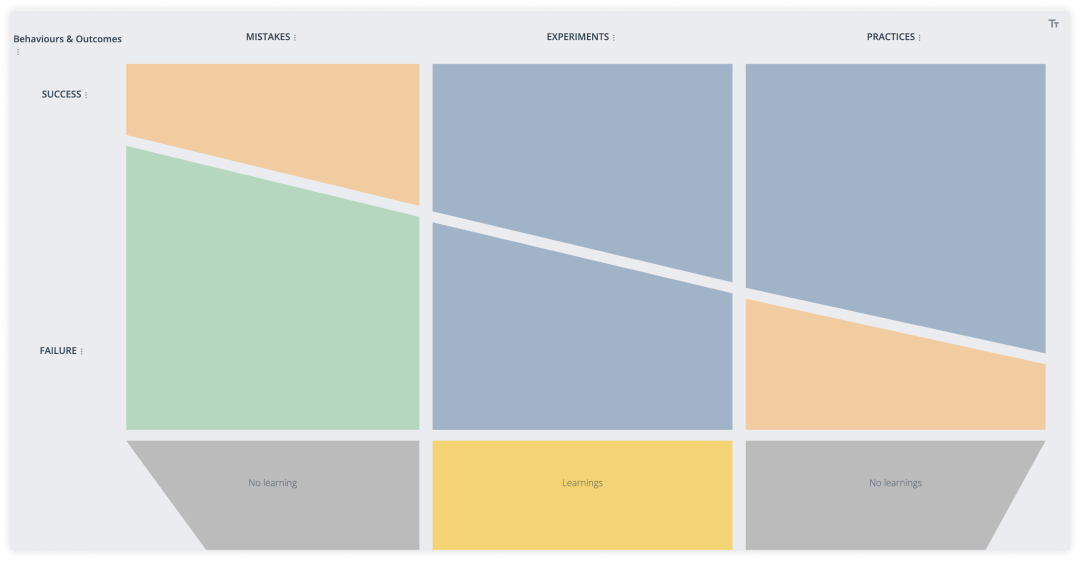
How to Run a Celebration Grid Retrospective
- Mistakes: Errors and missteps that occurred during activities. This region emphasizes learning from mistakes to prevent them in the future.
- Successes: Rarely applicable but might include recognizing and quickly correcting a mistake.
- Failures: Instances where mistakes led to negative outcomes.
- Experiments: Activities where the outcome was unknown and innovation was attempted. This region highlights the importance of taking risks and trying new approaches.
- Successes: Successful outcomes of experiments.
- Failures: Unsuccessful outcomes, offering insights for future attempts.
- Learnings: Lessons derived from the process, regardless of success or failure.
- Practices: Established methods and routines that the team follows. This region focuses on the effectiveness and efficiency of regular practices.
- Successes: Practices that consistently yield positive results.
- Failures: Practices that did not achieve the desired outcome.
Brainstorm
Discuss and populate each section of the agile retrospective template.
Group
Discuss and group any common themes.

Action Plan
Identify actions for each priority idea. Assign responsibility and timeframes to a group or individual.
Share
Share the outcomes of the session, including the action plan, to relevant stakeholders.
Gather the team to reflect on recent activities. Facilitate open and inclusive discussions to generate a wide range of ideas and insights. Encourage team members to share their experiences and observations, capturing both positive and negative outcomes.
Have the team add their feedback and reflections into the relevant section of the celebration grid. This starts to promote a culture of transparency and continuous improvement.
Have the team talk through the ideas that they have added. Give each person a chance to explain, elaborate or share a story about that idea.
Group similar ideas for a more focused analysis.
Analyze the grouped ideas and come up with action items that can:
- Improve practices
- Generate new experiments
- Reduce mistakes
Create specific, measurable plans to replicate successes, address failures, and implement learnings. Assign responsibilities to team members and set clear timelines to ensure accountability and follow-through.
Communicate the results of the Celebration Grid and the action plans with the wider team or organization. Celebrate successes to boost morale and motivation, and share key learnings to foster a culture of transparency and collective growth.
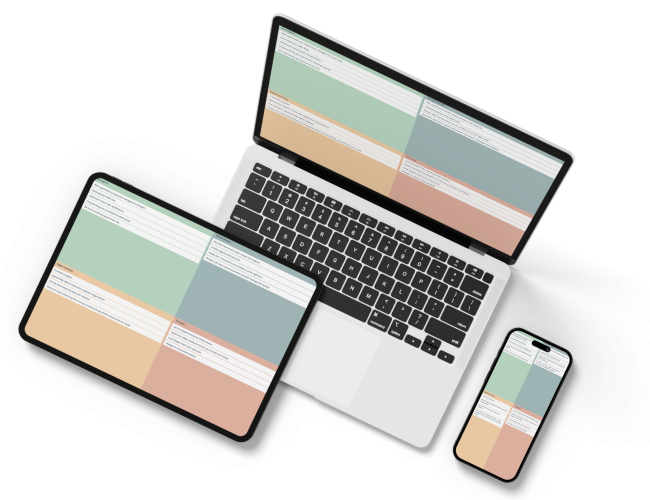
Save Effort, Time and Money with GroupMap
GroupMap offers more than just an online digital whiteboard—it’s innovative platform is designed to enhance the quality of your team’s decisions. With features that prevent bias and make facilitation seamless, GroupMap ensures no single voice dominates and ensures productive, inclusive conversations.
Its intuitive interface is easy for anyone to use, and its scalable design supports small teams and large groups whether they are face to face or around the globe. Customisable templates and workflows keep discussions focused on objectives, helping you drive actionable outcomes each and every time.
Create your first map and invite people in to start sharing their thoughts NOW.
Experience the power of GroupMap with our FREE 14 day trial.
Your free trial gives you access to all of our features, no credit card required.
